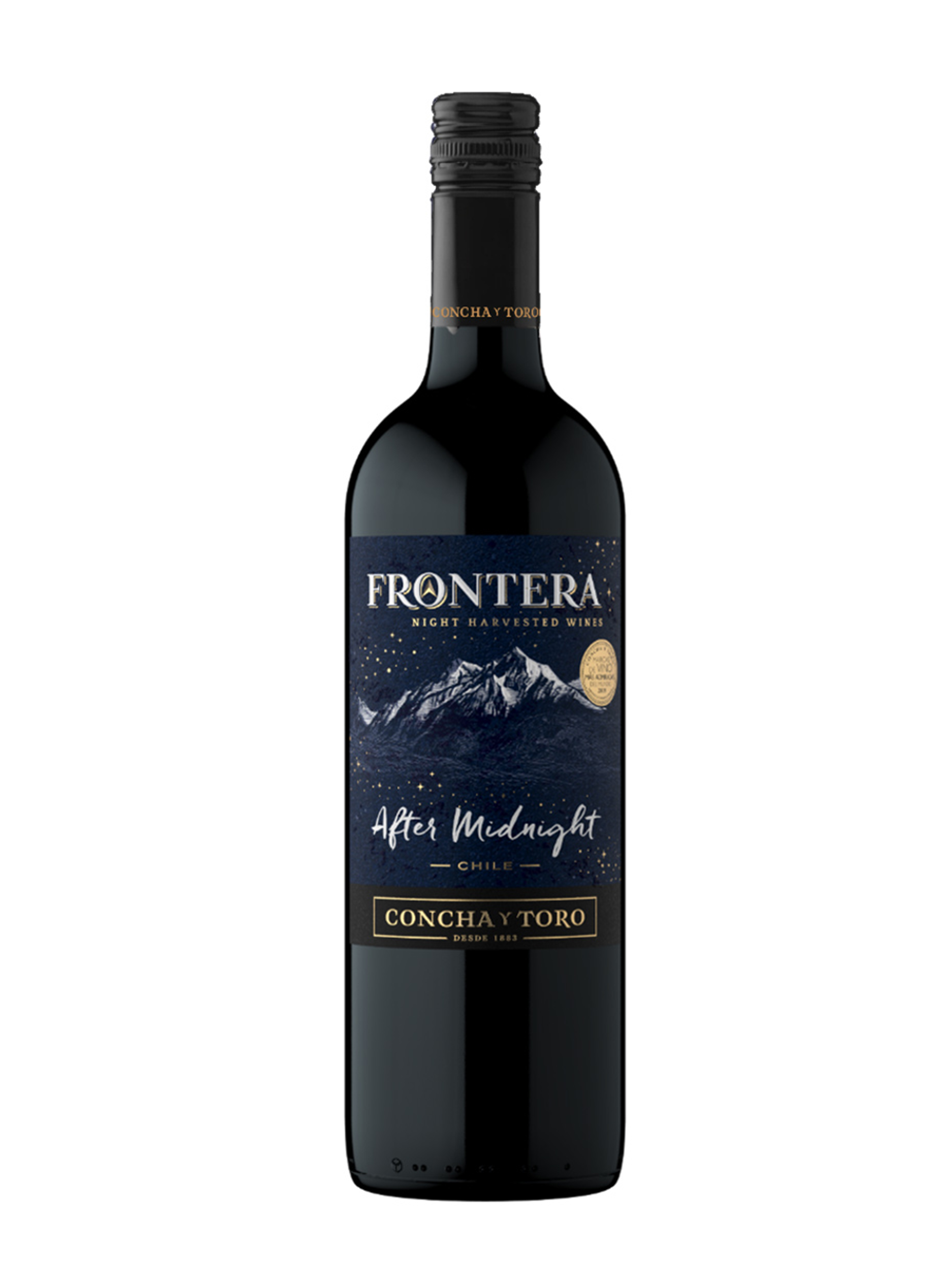

Sometimes small amounts of a particular variety are added to boost color or aromatics. For example, a red wine blend variety that creates a fruity and full-bodied wine would do well combined with one that is naturally high in acidity and tannins.


Blending can be utilized to enhance balance or create complexity, lending different layers of flavors and aromas. In many European regions, strict laws are in place determining the set of varieties that may be used, but in the New World, experimentation is permitted and encouraged resulting in a wide variety of red wine styles. With hundreds of red grape varieties to choose from, winemakers have the freedom to create a virtually endless assortment of blended red wines. One fun fact about Chile is that its natural geographical borders have allowed it to avoid phylloxera and as a result, vines are often planted on their own rootstock rather than grafted. Spanish settlers, Juan Jufre and Diego Garcia de Cáceres, most likely brought Vitis vinifera (Europe’s wine producing vine species) to the Central Valley of Chile sometime in the 1550s. The up-and-coming southern regions of Bio Bio and Itata in the south make excellent Riesling, Chardonnay and Pinot Noir. But here the minimal rainfall, intense sunlight and chilly ocean breezes allow success with Chardonnay and Pinot Noir. The Maipo, Rapel, Curicó and Maule Valleys specialize in Cabernet and Bordeaux Blends as well as Carmenère, Chile’s unofficial signature grape.Ĭhilly breezes from the Antarctic Humboldt Current allow the coastal regions of Casablanca Valley and San Antonio Valley to focus on the cool climate loving varieties, Pinot Noir, Chardonnay and Sauvignon Blanc.Ĭhile’s Coquimbo region in the far north, containing the Elqui and Limari Valleys, historically focused solely on Pisco production. The eponymous Aconcagua Valley-hot and dry-is home to intense red wines made from Cabernet Sauvignon, Syrah and Merlot. The conditions are ideal for producing concentrated, full-bodied, aromatic reds rich in black and red fruits. Chile’s entire western border is Pacific coastline, its center is composed of warm valleys and on its eastern border, are the soaring Andes Mountains.Ĭhile’s central valleys, sheltered by the costal ranges, and in some parts climbing the eastern slopes of the Andes, remain relatively warm and dry. Nowadays, Chile is renowned for producing a wide variety of crisp white wines, and juicy, fruity reds enjoyed around the world for their drinkability and flavorful character, making this country very much one of the 'New World', albeit one with a fascinating link to the Old.Dramatic geographic and climatic changes from west to east make Chile an exciting frontier for wines of all styles. As the centuries passed, Chilean wineries continued to expand and experiment, resulting in a wide range of wine production methods and techniques, and consistently producing fine quality wines perfect for the international market. However, such a fact is hardly surprising with eight months of blazing sunshine coupled with oceanic winds from the west, and crystal clear spring waters from the Andes irrigating the soil, grapes such as Malbec, Merlot, Chardonnay and Cabernet Sauvignon were given everything they needed to flourish, and more. When the wealthy new landowners of the 19th century began planting large vineyards in the fertile central valleys of Chile, they must have been impressed at how successful the imported Old World grape varietals took to the land.


 0 kommentar(er)
0 kommentar(er)
